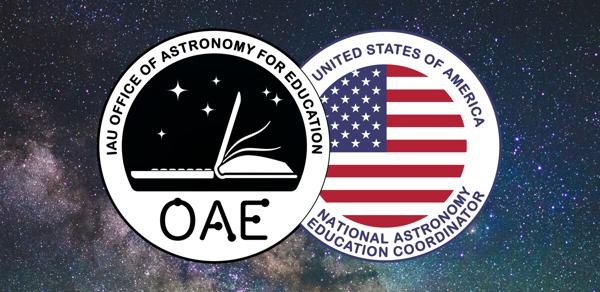Glossary term: Libra
Description: Libra, "the balance", is a constellation in the Zodiac, i.e. the stars that make up this constellation are in the part of the sky that intersects with the ecliptic – the plane defined by the Earth's orbit around the Sun. Hence, from our point of view here on Earth, we can regularly find the Sun, and also the other planets in the Solar System, in this constellation – in the case of the Sun from late October to late November. (Of course if the Sun is there, we cannot see the constellation's stars.) Libra is one of the 88 modern constellations defined by the International Astronomical Union, and also one of the 48 classical constellations named by 2nd century astronomer Claudius Ptolemy.
Related Terms:
See this term in other languages
Term and definition status: This term and its definition have been approved by a research astronomer and a teacher
The OAE Multilingual Glossary is a project of the IAU Office of Astronomy for Education (OAE) in collaboration with the IAU Office of Astronomy Outreach (OAO). The terms and definitions were chosen, written and reviewed by a collective effort from the OAE, the OAE Centers and Nodes, the OAE National Astronomy Education Coordinators (NAECs) and other volunteers. You can find a full list of credits here. All glossary terms and their definitions are released under a Creative Commons CC BY-4.0 license and should be credited to "IAU OAE".








